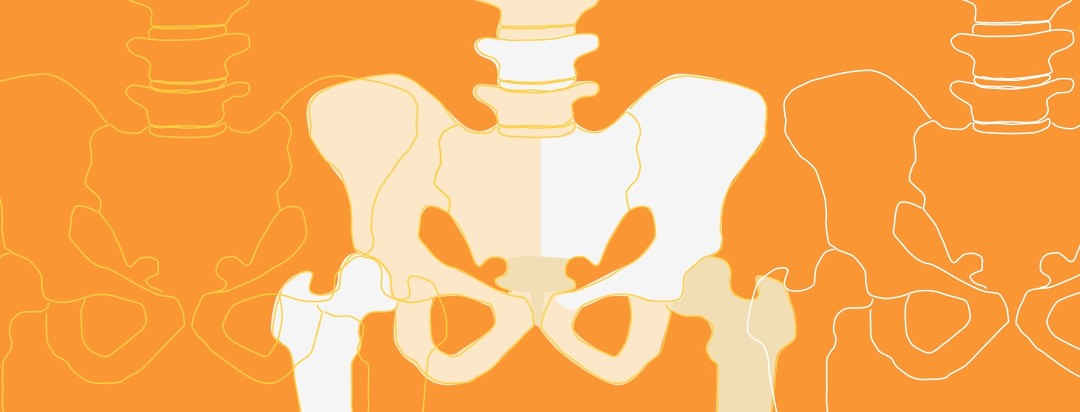What is Sacroiliitis?
Sacroiliitis is inflammation in one or both of the sacroiliac (SI) joints. These are the two joints – one on either side of the body – that connect your pelvis to the lowest part of your spine, also called the sacrum.
A pain in the back...
People who have sacroiliitis often experience pain in the lower back, hips, thighs, or buttocks.1 The discomfort or pain from this condition can feel sharp and stabbing or dull and achy.2
The symptoms of sacroiliitis can be made worse by:
- Long periods of sitting or standing
- Walking upstairs
- Running
- Taking long steps
- Bearing more weight on one leg compared to the other
Let's take a look at sacroiliitis
Doctors do not know for certain, but some believe that about 10-25% of people with lower back pain suffer from sacroiliitis.2 Sacroiliitis can result from multiple factors, both medical and physical. These include:
Osteoarthritis
Osteoarthritis results from normal wear and tear on the body. Over time, the protective cartilage that protects your bones can wear down and lead to inflammation and pain. Osteoarthritis develops most often in the knees, hips, hands, and spine. But it can also occur at the sacroiliac joints as well.3
Psoriatic arthritis
Psoriatic arthritis (PsA) is an inflammatory disease where the body’s immune system attacks its own joint tissues. Psoriatic arthritis can affect any part of the body, including the spine and sacroiliac joints. It most frequently occurs with psoriasis, a condition characterized by red, scaly patches on the skin.2
Ankylosing spondylitis
This is also a type of inflammatory arthritis that mainly attacks the spine. Sacroiliitis is one of the most commonly felt early symptoms of ankylosing spondylitis.2
Injury
A sudden impact, from a car accident or serious fall, for example, may sometimes lead to damage and later inflammation in the sacroiliac joints.1
Pregnancy
During pregnancy, the body releases special hormones that help loosen and stretch the joints, so the pelvis can open enough for childbirth. Sometimes the sacroiliac joint can rotate as a result of this loosening, which may cause stress and pain.
Additionally, the extra weight a woman bears during pregnancy may stress the joints or cause her to walk in a way that stresses and wears down the joints.1,2
Infection
In rare cases, the bacterium Staphylococcus aureus can infect the sacroiliac joint and cause sacroiliitis.1
A friend on the PsA diagnosis journey
Sacroiliitis is seen in 34-78% of patients diagnosed with psoriatic arthritis. In some cases, pain and inflammation in the sacroiliac joint is the only sign of early-stage PsA.
It is therefore important for researchers and healthcare providers to recognize and understand the symptoms of sacroiliitis and to consider testing for PsA to make an accurate diagnosis of the underlying cause of the joint pain.4
In one study, researchers examined people with psoriasis to see if they could learn more about sacroiliitis and its connection to psoriatic arthritis. The investigators determined that more than 25% of the psoriasis patients in their study had sacroiliitis.
In more than half of these cases, the condition was found on both sides of the body (bilateral). There was no connection between the severity of psoriasis and SI joint involvement. However, the researchers saw more sacroiliitis than they expected and encouraged additional studies to understand more.5

Join the conversation